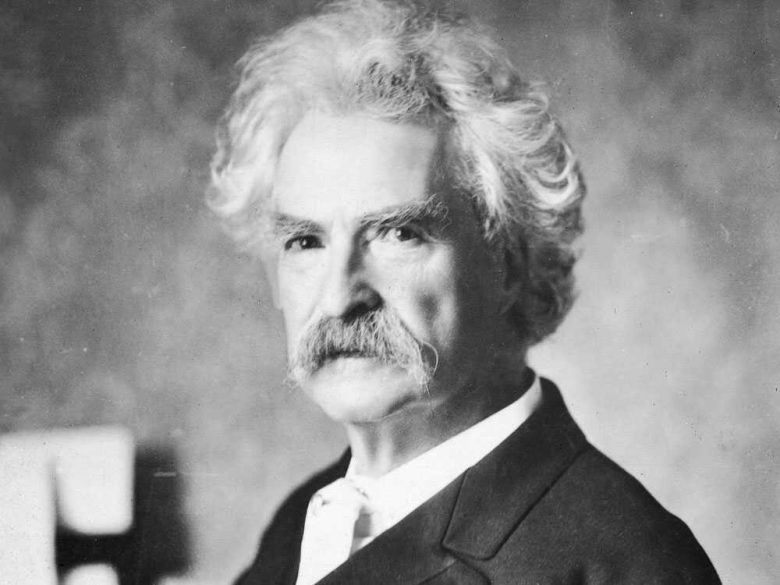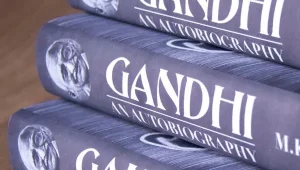Cultural autobiography refers to the process of exploring and writing about one’s own cultural identity. It can involve reflecting on one’s family history, cultural values and traditions, as well as the experiences that have shaped one’s cultural identity.
For many people, cultural autobiography can be a powerful tool for self-discovery and self-expression. It can help us to better understand our cultural heritage, as well as the ways in which our cultural identity has been shaped by our personal experiences.
Writing a cultural autobiography can be a challenging but rewarding process. It can be a great way to learn more about your cultural background, and to share your experiences and insights with others.
What should be included in a cultural autobiography?
A cultural autobiography is a personal account of an individual’s culture and cultural experiences. It can include information about the individual’s family history, religious and spiritual beliefs, cultural traditions, and any other aspects of culture that are important to the individual. A cultural autobiography can be a valuable tool for self-discovery and understanding, and can also be shared with others to help them learn more about a particular culture.
There is no one formula for creating a cultural autobiography, but there are some general things that should be included. First, it is important to describe the individual’s cultural identity. This includes discussing the cultural groups to which the individual belongs, as well as the individual’s cultural values and traditions. It is also important to discuss any challenges or discrimination the individual has faced due to their cultural identity.
Secondly, the autobiography should describe the individual’s cultural experiences. This includes discussing the different cultures the individual has interacted with, both in their personal life and in their professional life. It is also important to discuss how the individual has been influenced by these experiences.
Finally, the autobiography should take a personal approach, telling the story of the individual’s journey in discovering their culture. This can include discussing any challenges or triumphs the individual has experienced in their cultural journey.
A cultural autobiography can be a valuable tool for self-discovery and understanding, and can also be shared with others to help them learn more about a particular culture.
What is the purpose of a cultural autobiography?
A cultural autobiography is a written account of an individual’s experience of growing up within a specific culture. It can be used to record and preserve cultural traditions, as well as to share knowledge and experiences with others.
A cultural autobiography can be a valuable tool for exploring the ways in which culture shapes individual identities. It can also be used to document the changes that occur within a culture over time. Additionally, a cultural autobiography can provide insight into the experiences of people who are from a marginalized or underrepresented culture.
When writing a cultural autobiography, it is important to be mindful of the ways in which personal experiences are shaped by culture. It is also important to be clear and accurate about the cultural traditions and experiences being described.
What are the example of autobiography?
An autobiography is a written account of someone’s life, usually written by the person themselves. Many famous people have written autobiographies, including presidents, actors, and authors.
Some examples of autobiography include:
– “The Autobiography of Benjamin Franklin”
– “The Autobiography of Malcolm X”
– “The Diary of Anne Frank”
– “The Autobiography of Miss Jane Pittman”
– “The Color Purple” by Alice Walker
How to start an autobiography?
An autobiography is a written account of a person’s life. It can be a great way to reflect on your life and share your stories with others. Here are some tips on how to start writing your autobiography:
1. Start by writing about your earliest memories.
2. Write about your family and childhood.
3. Write about your education and career.
4. Write about your relationships and experiences.
5. Write about your hobbies and interests.
6. Write about your thoughts and feelings.
7. Edit and polish your work.
8. Share your autobiography with others.
Sample of Cultural Autobiography
A cultural autobiography is a text that recounts the story of an individual’s cultural identity development. It can be used to explore the ways in which a person’s cultural background has shaped their beliefs, values, and experiences.
A cultural autobiography can be a powerful tool for self-discovery.
It can help individuals understand the ways in which their cultural identity has influenced their life choices and relationships. It can also be a way to reflect on the ways in which one’s cultural background has contributed to their sense of self-worth and self-identity.
When writing a cultural autobiography, it is important to be honest and introspective. It is also important to be clear and concise in your writing. Remember to focus on the key aspects of your cultural identity that have had the biggest impact on your life.
The following is an example of a cultural autobiography.
I am a first-generation American of Mexican descent. My parents were born and raised in Mexico, and they immigrated to the United States in the early 1980s. They settled in Southern California, where I was born and raised.
As a child, I was always aware of my Mexican heritage. I loved learning about my ancestors and their culture. I was fascinated by the traditional Mexican music and dance, and I loved spending time with my grandparents and cousins who still lived in Mexico.
However, I also felt a strong connection to American culture. I loved watching American sitcoms and movies, and I was excited to learn about American history and politics. I felt like I belonged in both cultures, and I never really felt like I had to choose one over the other.
As I got older, I started to explore my Mexican heritage more deeply. I learned about the history and culture of Mexico, and I started to learn Spanish. I also began to develop a stronger sense of identity as a Mexican-American. I realized that my background was a source of pride for me, and I was determined to embrace my Mexican heritage fully.
I am now a university student, and I am still exploring my cultural identity. I am proud to be a Mexican-American, and I am excited to see what the future holds for me.



